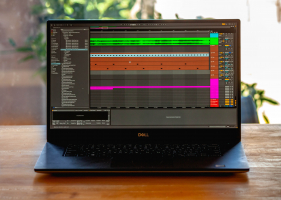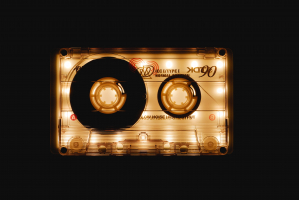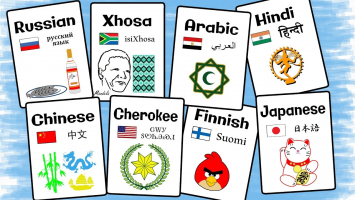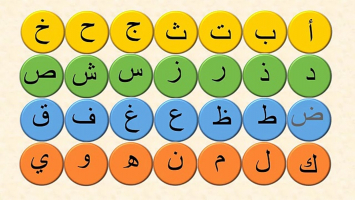Top 10 Instruments for Children to Learn to Play Music
Playing and studying music benefits individuals of all ages, including youngsters, and is enjoyable. The advantages of music instruction extend far beyond ... read more...infancy and endure a lifetime. Music education has been found to improve abstract reasoning and creativity, among other things. Music involves both sides of the brain and requires youngsters to focus on many things at the same time. The top instruments for youngsters to learn to play music are listed below by Toplist.
-
The triangle is a sort of idiophone musical instrument that belongs to the percussion family. It is a triangle-shaped bar of metal, mainly steel but sometimes other metals such as beryllium copper. The instrument is often kept in place by a loop of thread or wire at the top curve. While the triangle has a defined pitch, in theory, it is disguised by the overtones created when hit.
The triangle is an excellent musical instrument for teaching your children about music and rhythm, as well as playing in a band or team. It also teaches discipline, as children learn how to time themselves. Furthermore, children of any age can begin playing the triangle, which may ignite an interest in music in general. Yes, it's simple to learn and considered a rather comical instrument, but it still has a place within a group of musicians. Professional triangle players may be found all over the world, and they are regarded as significant and integral elements of the ensemble.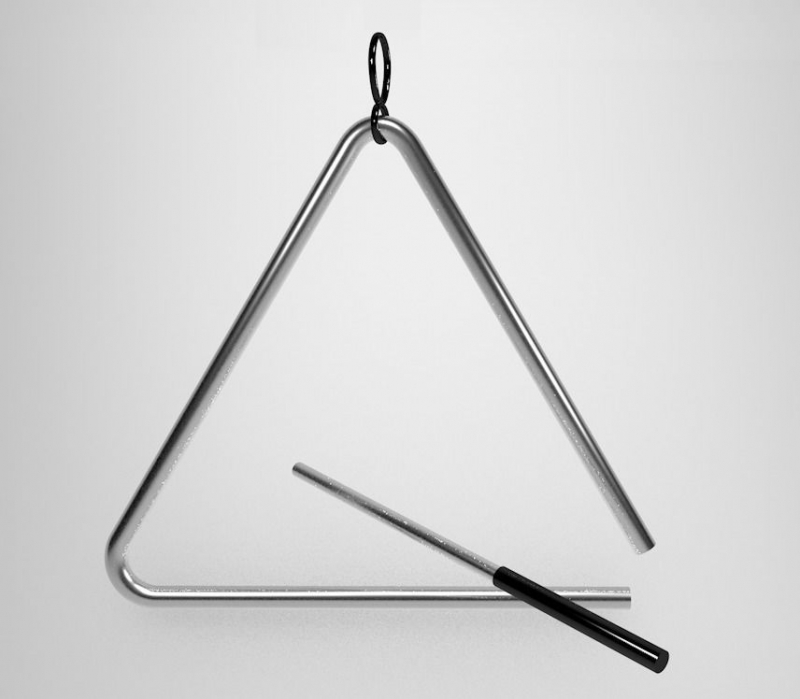
Triangle 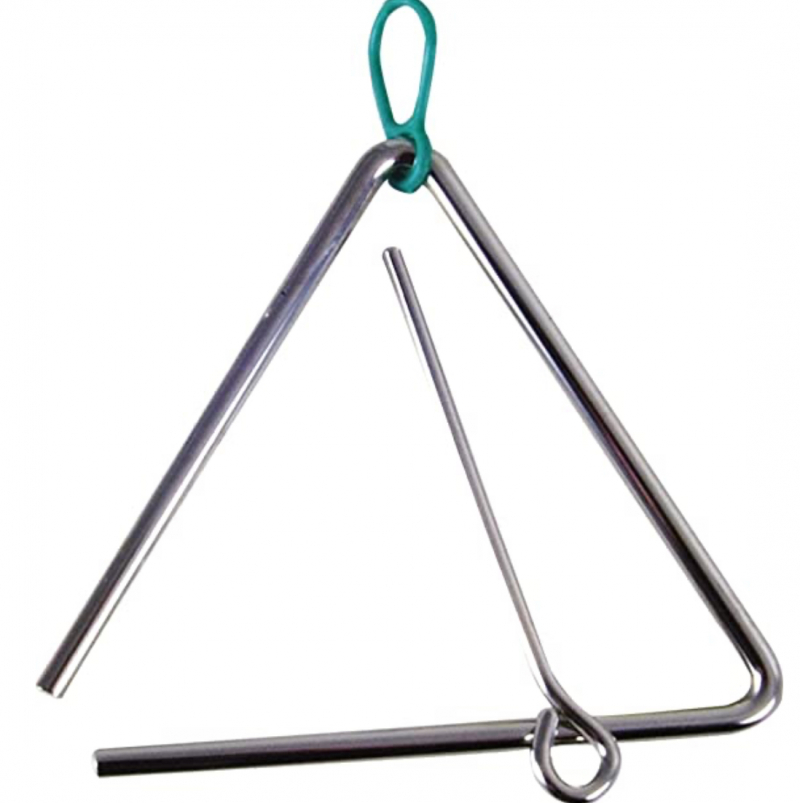
Triangle -
Steel pans (also known as steel pan, steel drum, or pan, and occasionally as a steel band or orchestra with other players) is a musical instrument from Trinidad and Tobago. Pannists are steelpan musicians. The contemporary pan is a chromatically tuned percussion instrument constructed from 55-gallon industrial drums.
Steel pans originated in Trinidad and Tobago and have since spread across the rest of the world, particularly in schools. That's right—steel pans have become a popular instrument to learn throughout Europe, and they offer the added benefit of teaching youngsters about various cultures and music. Furthermore, steel pans are a great alternative to loud and aggressive bass drums and crashing high hats, with the steel pans being considerably easier on the ears. Playing the steel drums is also a science in and of itself, with the many noises and sounds being a treat to hear and comprehend.
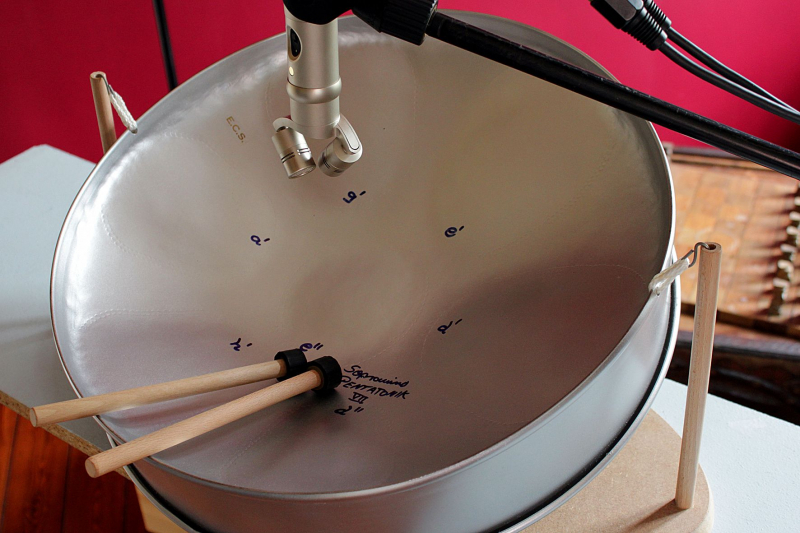
Steel Pans 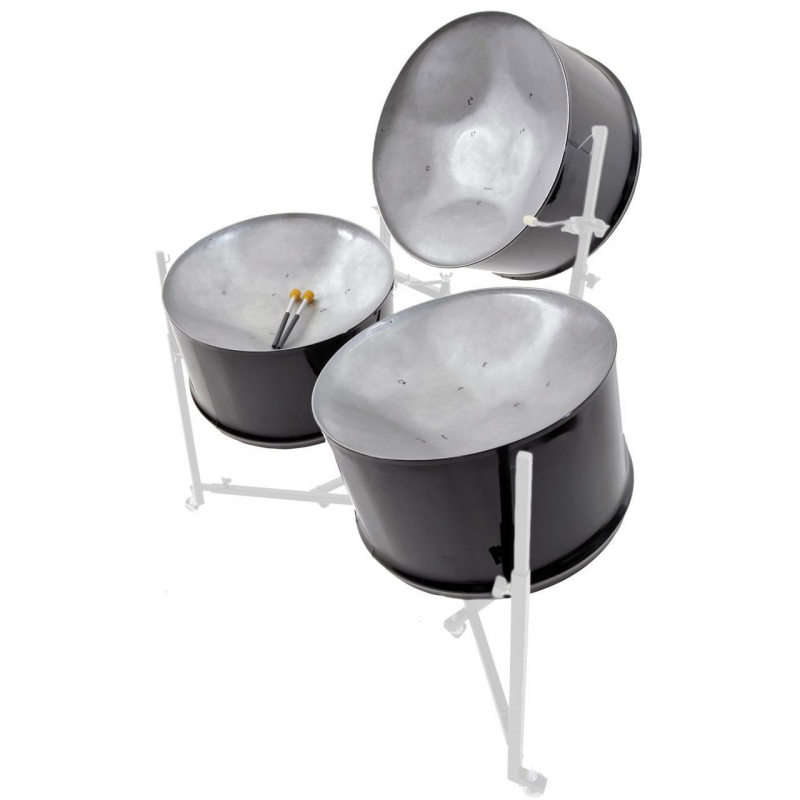
Steel Pans -
The saxophone is a single-reed woodwind instrument with a conical body that is commonly constructed of brass. Sound is created, like with all single-reed instruments, when a reed on a mouthpiece vibrates, creating a sound wave inside the instrument's body. The pitch is regulated by changing the effective length of the tube by opening and closing perforations in the body. Leather pads attached to keys controlled by the player shut the holes.
The saxophone is one of those instruments that, no matter who plays it, is instantly cool. That's right: the saxophone can be performed in marching bands, jazz bands, and pretty much any other type of band and still sound silky smooth and easy on the ears. Furthermore, individuals who play the saxophone are thought to be wiser since it increases leadership abilities, patience, and endurance. Another intriguing aspect about the saxophone is that it is associated with memory abilities and neurological control, with the instrument being described as an intensive and good brain exercise.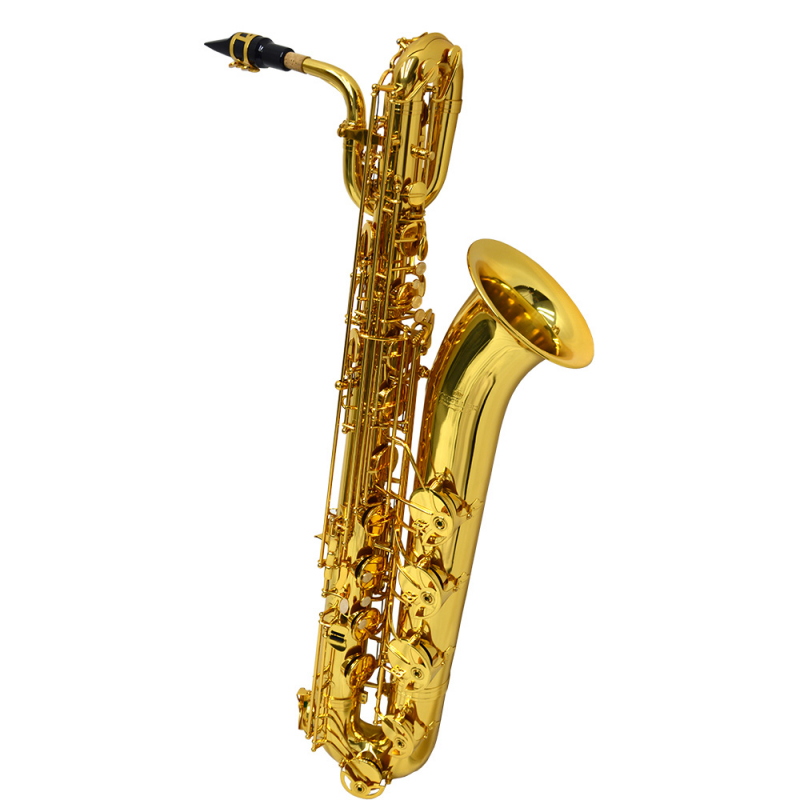
Saxophone 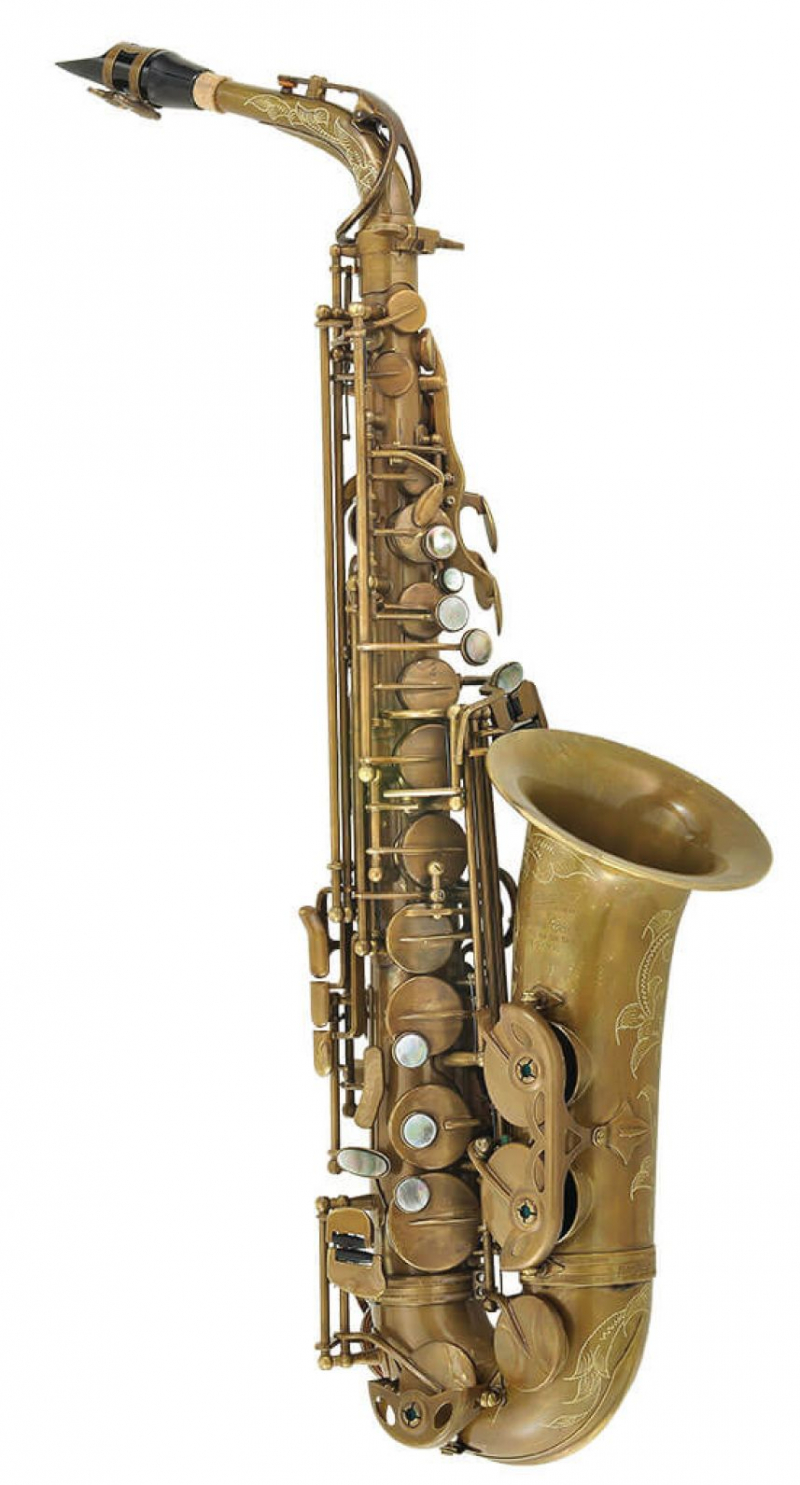
Saxophone -
The harp is a stringed musical instrument having a number of separate strings that run at an angle to its soundboard and are plucked with the fingers. Harps may be created and performed in a variety of ways, including standing or seated, as well as in orchestras or performances. Its most typical shape is triangular and constructed of wood. Some contain many rows of strings as well as pedal attachments.
When it comes to introducing instruments to young children, the harp is sometimes neglected as a viable musical instrument. The harp, on the other hand, offers a lot of advantages and may teach your children a variety of beneficial and useful abilities. The harp, for example, is a very demanding instrument that demands patience and effort. Understandably, the prospect of purchasing a harp for the home might be intimidating, but keep in mind that harps come in a variety of shapes and sizes and can be altered to accommodate any kid, no matter how large or tiny they are.
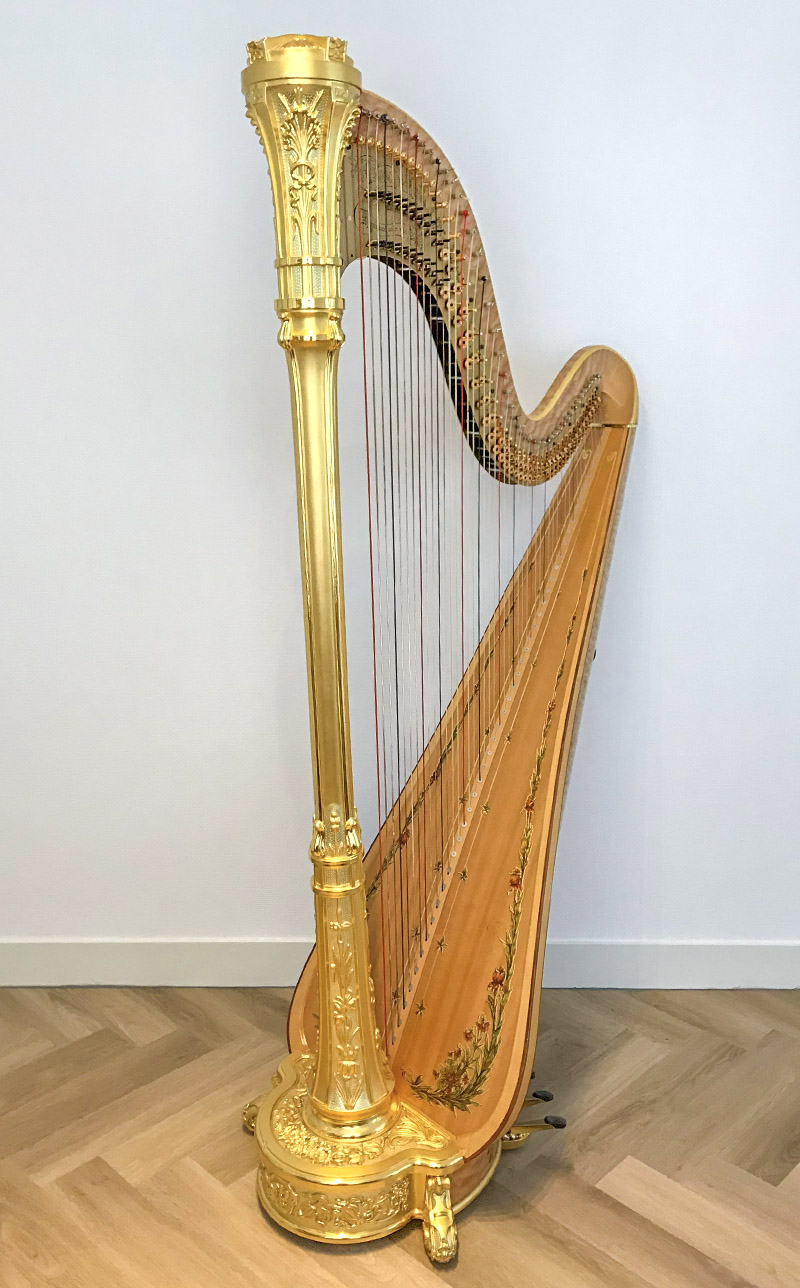
Harp 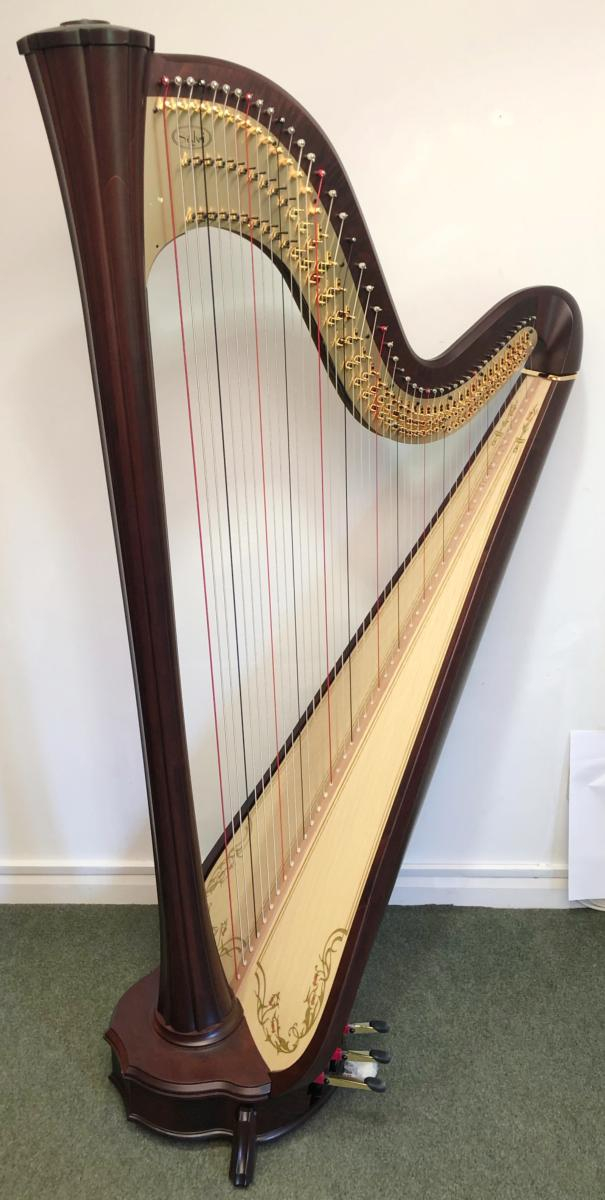
Harp -
The flute is a type of musical instrument that belongs to the woodwind family. A flute, unlike woodwind instruments with reeds, is an aerophone or reedless wind instrument that makes music by moving air over an aperture. Flutes are classified as edge-blown aerophones in Hornbostel–Sachs' instrument classification.
The flute is a popular musical instrument that is taught in many schools across the world. Its popularity stems mostly from its small size, which allows it to be conveniently carried and stowed. Furthermore, the flute is not difficult to master and, when played correctly, can produce a really lovely sound.Furthermore, the flute may be a fantastic introduction to woodwind instruments in general, as well as an excellent crossover instrument for other musical instruments like the clarinet or recorder. Yes, such instruments all have a similar fingering aspect, which opens the door for other instruments as they age.
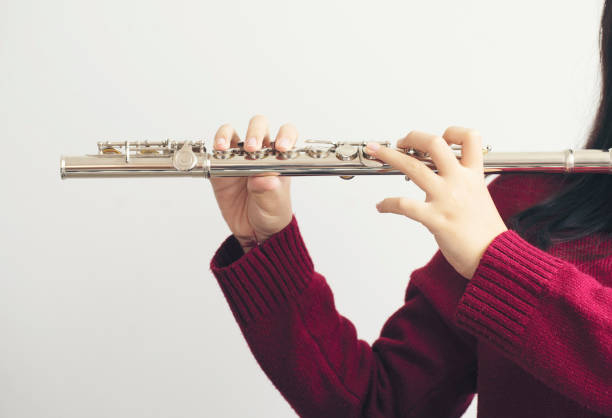
Flute 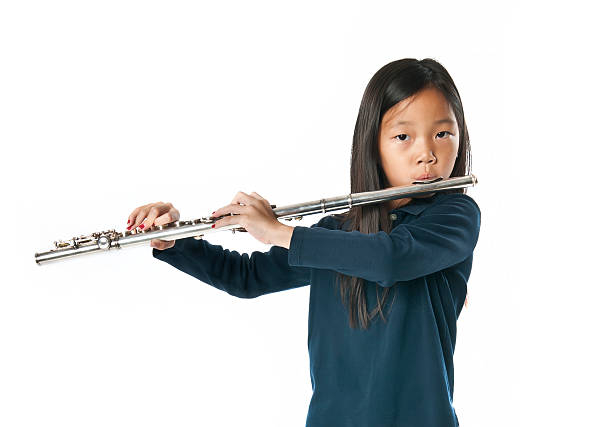
Flute -
The drum is a musical instrument that belongs to the percussion family. It is classified as a membranophone in the Hornbostel-Sachs classification system. Drums are made up of at least one membrane, known as a drumhead or drum skin, that is stretched over a shell and beaten to make music, either directly with the player's hands or with a percussion mallet.
Unfortunately, drums as a musical instrument are frequently misunderstood and tend to get a lot of flak from parents all around the world. However, drums are a fantastic instrument for young children to play and may teach your children a variety of valuable and beneficial skills.
Consider this: children are practically drumming from the moment they are born, continually pounding and beating anything insight in an attempt to develop some type of communication. The drums, as an instrument, are similar in that they may help children release negative energy and pent-up aggression—much like going to the gym
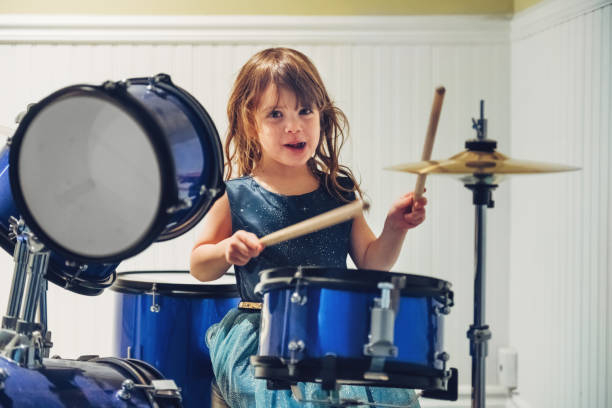
Drums 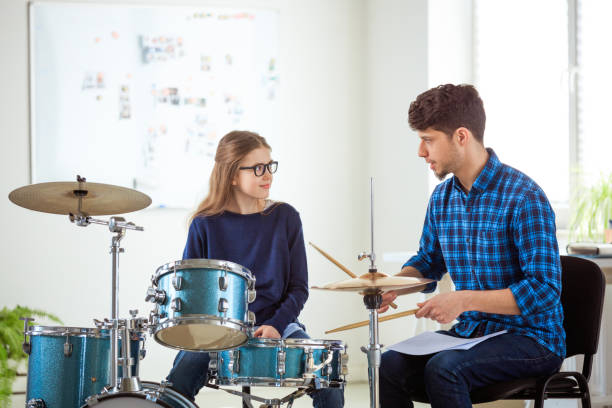
Drums -
The harmonica, sometimes known as a French harp or mouth organ, is a free reed wind instrument utilized in various musical genres throughout the world, most notably blues, American folk music, classical music, jazz, country, and rock. Diatonic, chromatic, tremolo, octave, orchestral, and bass harmonicas are among the many variations.
The harmonica is one of those instruments that appears simple but is actually rather tough to learn. However, while it may be difficult to master, it is a terrific method to expose your children to the amazing world of music and is also quite inexpensive to purchase.
Furthermore, some of the world's greatest musicians all played the harmonica, with Bob Dylan and John Lennon famous for their fondness for the small music box. Furthermore, the harmonica may be played simultaneously with other instruments, teaching your children the skill of multitasking while also allowing them to be more creative.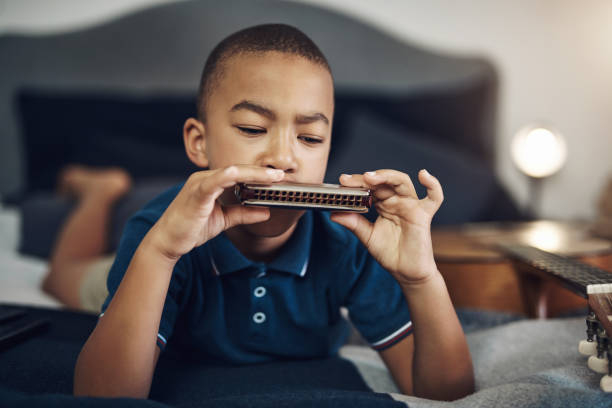
Harmonica 
Harmonica -
The violin, sometimes known as a fiddle, is a wooden chordophone in the violin family. Most violins have a hollow wooden body. It is the smallest and thus highest-pitched instrument in the family in regular use. The violin is not the nicest of instruments, especially to your ears. Yes, when performed poorly (which is most of the time), it can be really difficult to listen to. Learning to play the violin, on the other hand, teaches tenacity, with more than satisfactory consequences.
That's right—part of the problem is to play the instrument correctly so that it sounds like a magnificent angel rather than a wounded cat. This encourages your child to persevere no matter how tough something is or how hard it is for their parents.
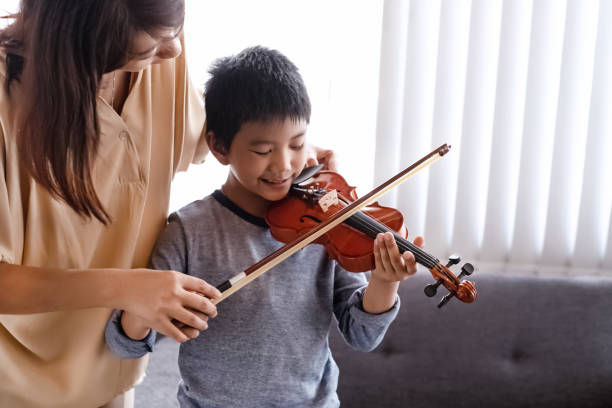
Violin 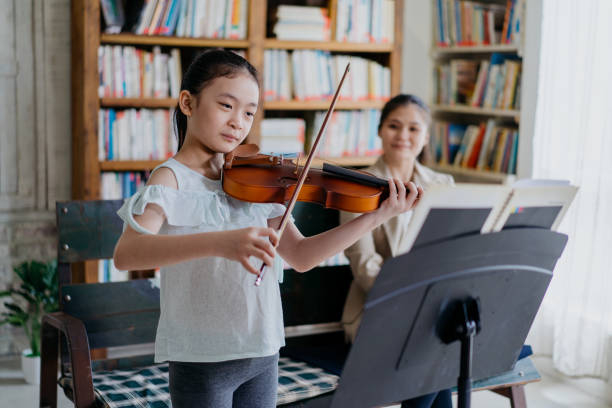
Violin -
The piano is an acoustic, keyboard, strung percussion instrument in which the strings are hit by softer-coated wooden hammers. It is performed on a keyboard, which is a row of keys that the artist presses or strikes with his or her fingers and thumbs on both hands to trigger the hammers to strike the strings. Around the year 1700, Bartolomeo Cristofori created it in Italy.
It might be tough to encourage your child to sit at the piano, owing to its size. However, if you can find a nearby piano instructor, it shouldn't be too difficult. Furthermore, keyboards serve as excellent alternatives and are far more approachable than a massive old dusty piano. One of the benefits of playing the piano is that it teaches individuals how to multitask, which is useful in other areas of life. Another advantage is that it does not need to be adjusted (at least not very much), which saves your children a lot of time and trouble.
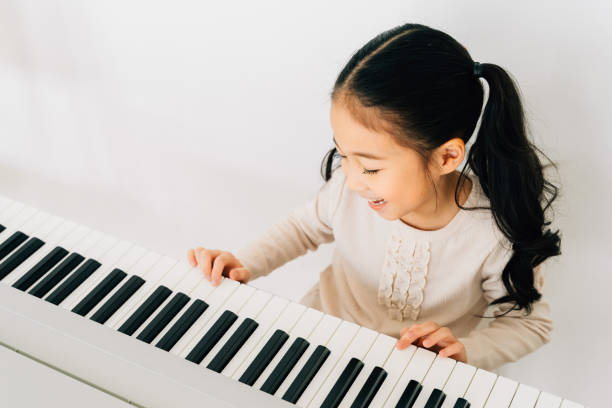
Piano 
Piano -
The guitar is a fretted musical instrument with six strings. It is held flat against the player's body and played by strumming or plucking the strings with the dominant hand while pushing chosen strings against frets with the opposite hand's fingers. Striking the strings with a plectrum or individual finger picks is also an option.
The guitar may be the most obvious, yet it is one of the greatest musical instruments to learn for a variety of reasons. For starters, it is highly popular, with the guitar being played in almost every country on the planet. Second, it's really cool, with the guitar possessing a unique quality that few instruments possess. Furthermore, because the guitar can be learnt at any age, it is a terrific hobby for both the child and the adult to do together. Finally, guitars aren't all that pricey, especially when compared to the other instruments on the list, and they make excellent birthday gifts.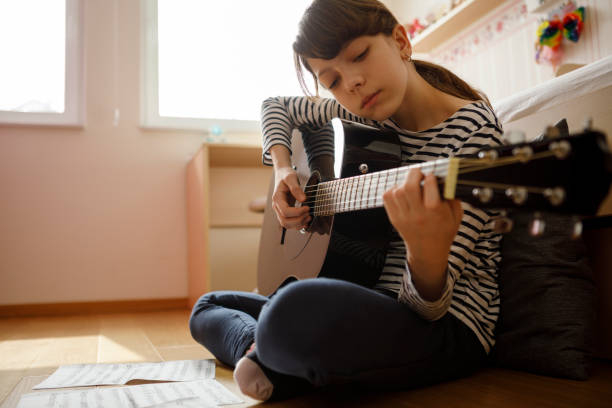
Guitar 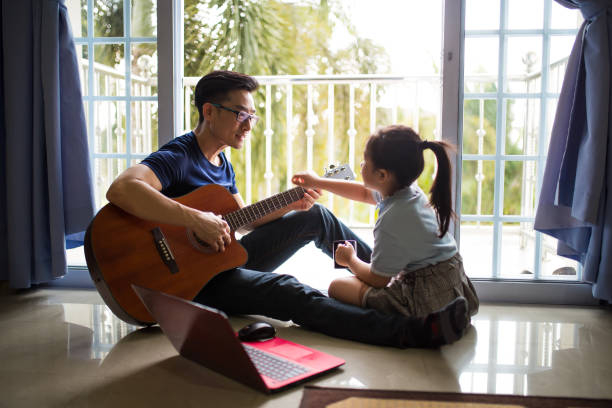
Guitar














